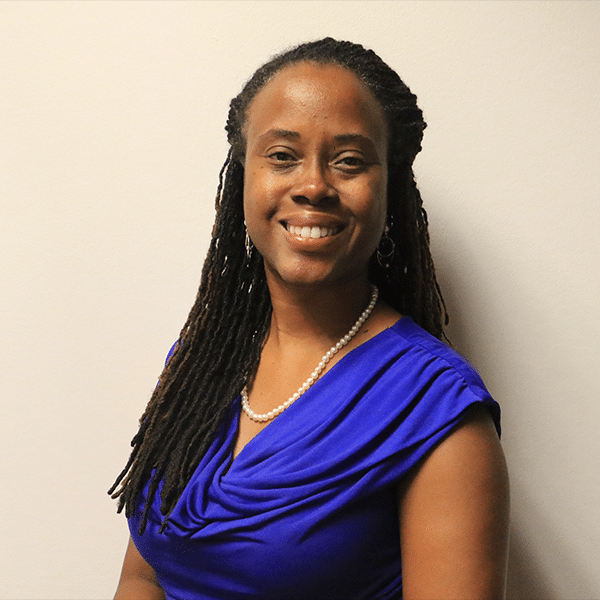Virginia will be receiving nearly $1.5 billion in BEAD rural broadband funding – one of the higher amounts allotted in the program. Telecompetitor talked with Dr. Tamarah Holmes, director of the state’s broadband office, about how the state got a head start on the program and its experiences as one of the frontrunners in the race to move the funding program forward.
Virginia’s goal is to ensure universal service, and as Holmes noted, “Before federal funding was made available, our biggest challenge to reach this goal was money.”
While some states only recently established broadband offices, Holmes has been in her position since 2019 and has overseen the office grow from just herself to a 15-person team within the Department of Housing and Community Development (DHCD).
Virginia’s broadband program originated in 2017, when $1 million was allocated for the creation of a broadband deployment program whose sole purpose would be to supplement construction costs for the private sector.
The Virginia Telecommunication Initiative (VATI) was developed and launched under Holmes. VATI has already allocated approximately $900 million to serve almost 400k locations. Much of this was facilitated by the American Rescue Plan Act, which made funding available to states that could be used for broadband.
Most recently, VATI handed out $59.5 million in broadband funding.
The state also is one of several that offer broadband line extension program to subsidize deployments to homes that are close to existing broadband networks, but not quite close enough.
A BEAD Leader
In early August, Virginia became the first state to publish volume two of its BEAD program plan. On the forefront of this program, Virginia is consistently in an unspoken race with Louisiana to be the first to achieve milestones.
Holmes believes that Virginia’s timelines are fast tracked largely because the broadband office is leveraging established relationships that the DHCD already has with local governments and program applicants. The office is going directly to community leaders and as Holmes explained, “they know who has and does not have broadband in their communities. I can sit down with the community leaders and compare reality with FCC maps.”
Back to volume 2, where you’ll see that Virginia’s plans are to have all BEAD money allocated by the end of 2024 and construction completed by 2028. Awaiting NTIA approval, volume 2 estimates the commonwealth has 162K homes still lacking a current or developing/funded broadband solution. The plan states that the expectation is that “the funding available under the BEAD program will address all unserved, underserved and community anchor institutions that lack broadband access.”
Holmes emphasized this in our interview, “It is our belief that the $1.48 billion plus Virginia’s continued state funding investment will allow us to reach our goal of connectivity in the Commonwealth from an infrastructure standpoint so that we can then use BEAD funding to support adoption and affordability.”
Successful FCC Map Challenges
There’s certainly something to be said for being thorough, and Holmes estimates that Virginia’s challenges to the FCC’s broadband map netted Virginia an additional $250-$300 million in funding.
The broadband office and its two GIS planners in partnership with Virginia Tech Center for Geospatial Information Technology submitted a whopping 1.9 million challenges, approximately 10x greater than what the FCC expected would be the high end of state challenges. Holmes chuckles that Virginia, quite literally, broke the challenge portal.
Holmes explains that if a provider as required by Virginia code did not report to the Virginia map, they were challenged. And if self-reported availability on the map required a build or “line extension” exceeding 350 feet, connectivity claims were challenged.
Recognizing that, ultimately, Virginia will need to defer to the FCC’s maps (Version 2), the broadband office has more trust its own maps. Those maps were developed by Virginia Tech and its Center for Geospatial Technology.
Fiber Focused
While BEAD is a “fiber first,” program, Holmes acknowledges that not every underserved or unserved household will receive fiber connectivity through BEAD, VATI, or any program.
“We do have some state funding that will help us be flexible in our goal to close the digital divide and alternative technology [to fiber] may need to be deployed at the same time of BEAD deployments using Commonwealth funds.”
Holmes noted that Virginia will not be publishing its extremely high-cost threshold but rather will wait for applications to guide that number.
Advice for Broadband Offices
We wrapped up our discussion with Holmes asking for some advice for other broadband offices.
First, Holmes suggests that hiring a full, internal staff is a key to success, albeit a challenge in a high-turnover world, “Make sure you have a full complement of staff – you need an actual staff, in addition to consultants.”
Holmes attributes the success of Virginia’s broadband development efforts to effective collaboration and coordination. DHCD partners with the Virginia Department of Transportation and Virginia 8-1-1 to facilitate the permitting process. They achieve this by enabling VATI ISPs to share project shapefiles and anticipated construction schedules, allowing these departments to proactively anticipate permit requests and construction schedules.
And finally, she shares, “I am a community development practitioner at heart. All of these efforts are easier when you have great relationships with communities. Being within the DHCD better aligns us to be a trusted partner in communities amongst households, the private sector, and community leaders.”



